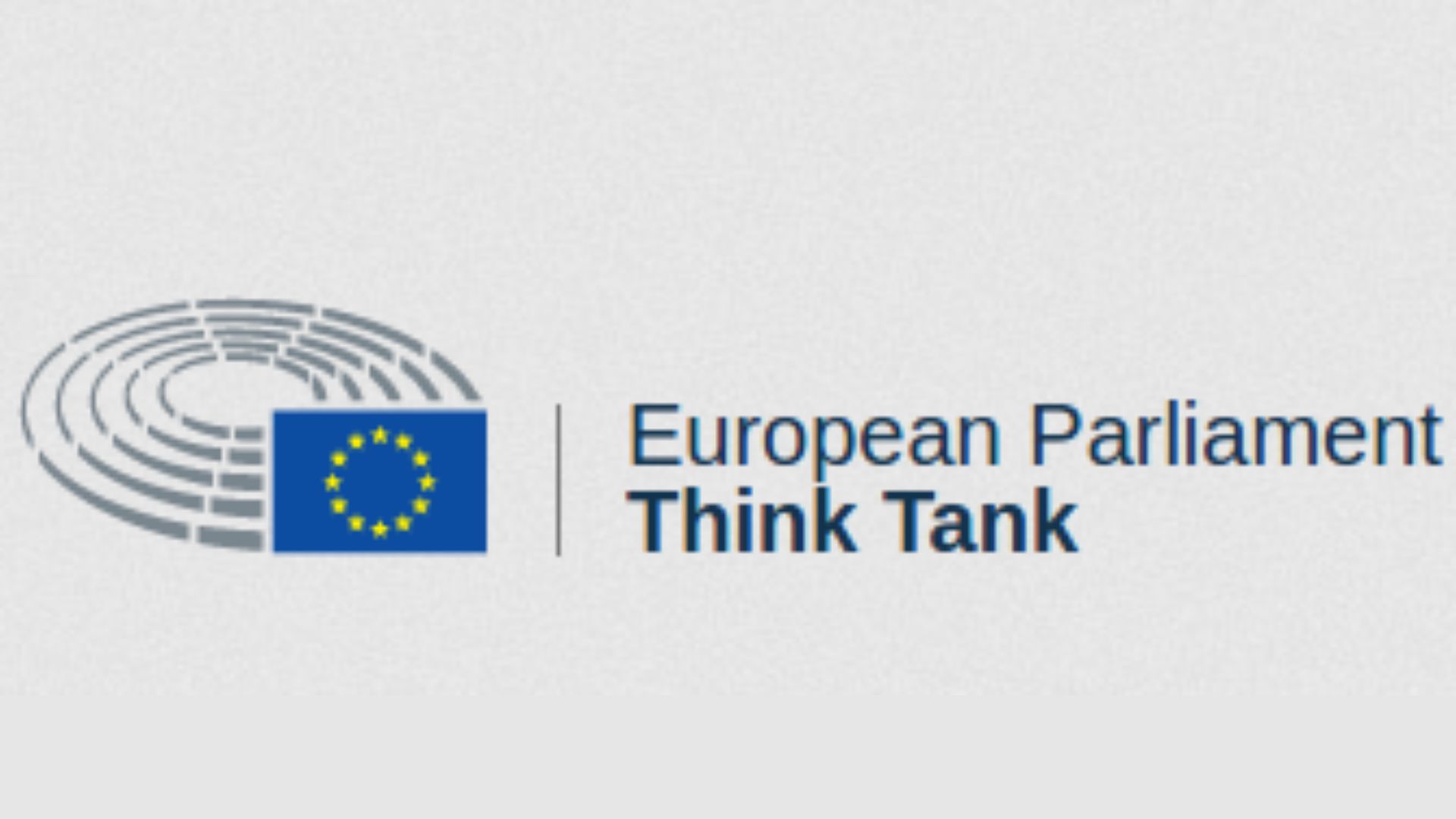This study, commissioned by the European Parliament’s Policy Department for Citizens’ Rights and Constitutional Affairs at the request of the JURI Committee, aims to provide an overview over Intellectual Property Rights and Distributed Ledger Technology with a focus on IP issues relating to art NFTs and tokenized physical art works.
The preliminary findings of this Study in relation to the Union IPR regime can be summarized as follows: The Study finds that in order to support DLT applications like NFTs, the intellectual property law regime is not primarily the key, but – at least as far as certain types of NFTs are concerned - rather the legal regime related to banking regulation, tax regulation or, more specifically, crypto-regulation dealing with crypto-currencies and other crypto assets.
The question of intellectual property protection - or of intellectual property infringement - of a specific content that is tokenized, hence connected to a distributed ledger, although providing for new challenges, is legally very similar to the questions raised since the early times of the internet. Despite the finding that, if someone tokenises a digital work that was created by someone else, copyright infringement will not be established for the tokenisation itself if an “off-chain” minting is concerned, in most cases the creation of the source which precedes the actual minting, will constitute a reproduction.
In addition, the online display of the work as a token, even in thumbnail form, may constitute a copyright infringement, if the author did not give its prior consent. Therefore, as a conclusion, NFTs minted without the consent of the author of the underlying work, as a general rule, are violating the author’s copyright, if the underlying falls under copyright law.
As a consequence, most NFT marketplaces pragmatically provide for a notice-and-take-down functionality. In addition, copyright law provides for remedies. Therefore, it can be said that despite some grey areas, the EU intellectual property regime as it stands does provide rightsholders with the material rights and claims to defend against infringements relating to NFTs. Nevertheless, one has to point out that the national laws of the EU member states are not fully harmonized.
Due to that, IP issues relating to NFTs might slightly differ from one EU member state to another. All in all, the biggest challenge for trademark and copyright holders is the detection and enforcement of infringements, for which the application of artificial intelligence/upload filters – if possible on a self-regulation, voluntary basis – might be useful. Without such tools, the detection of infringements would face serious obstacles. In the area of enforcement, the decentralized nature of DLT provokes questions regarding the applicable law, jurisdiction and competent authorities. Also, from a practical point of view, enforcement is difficult in cases, in which the identity of the infringer is unknown. This is another argument for technical solutions preventing any infringement in the first place.


